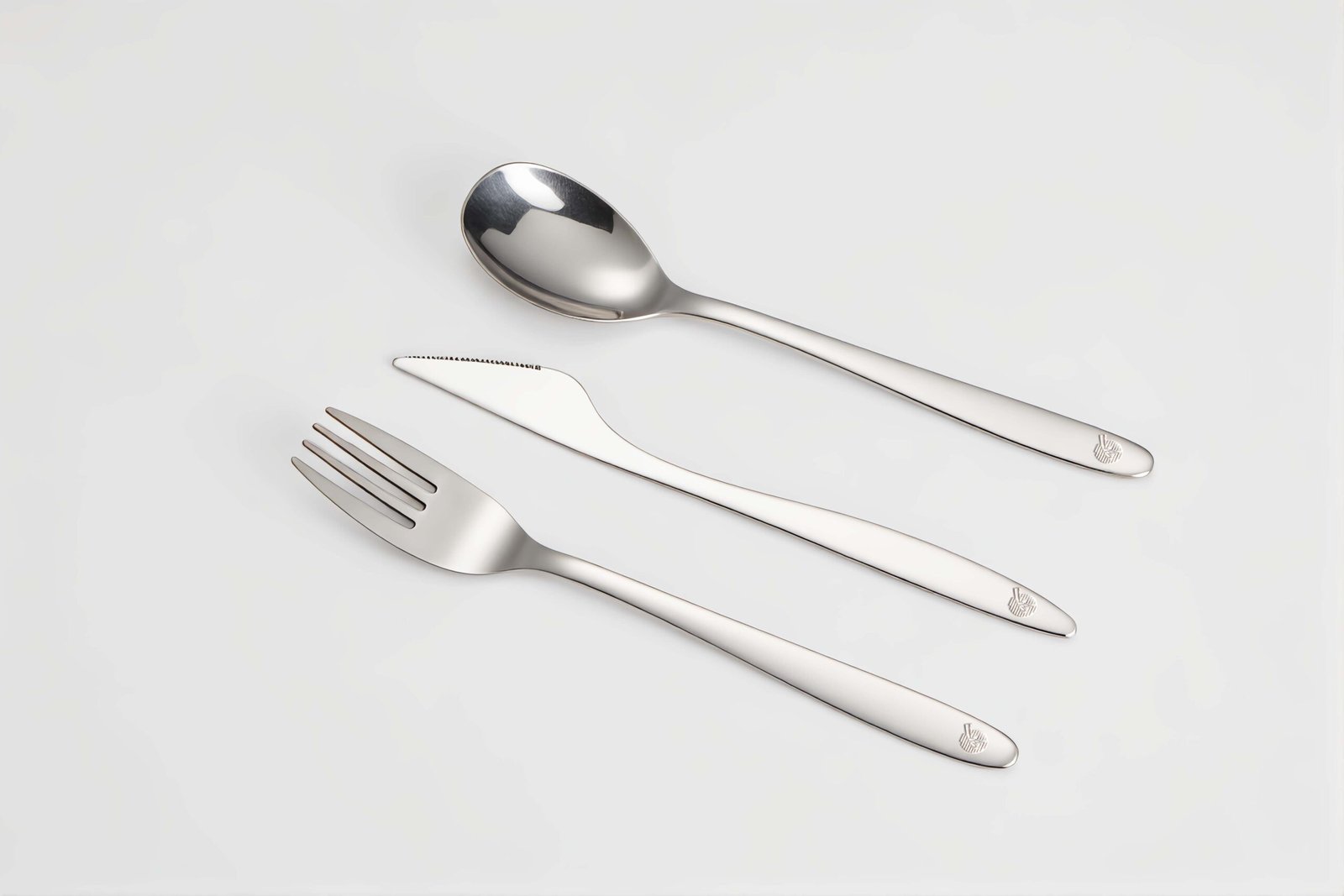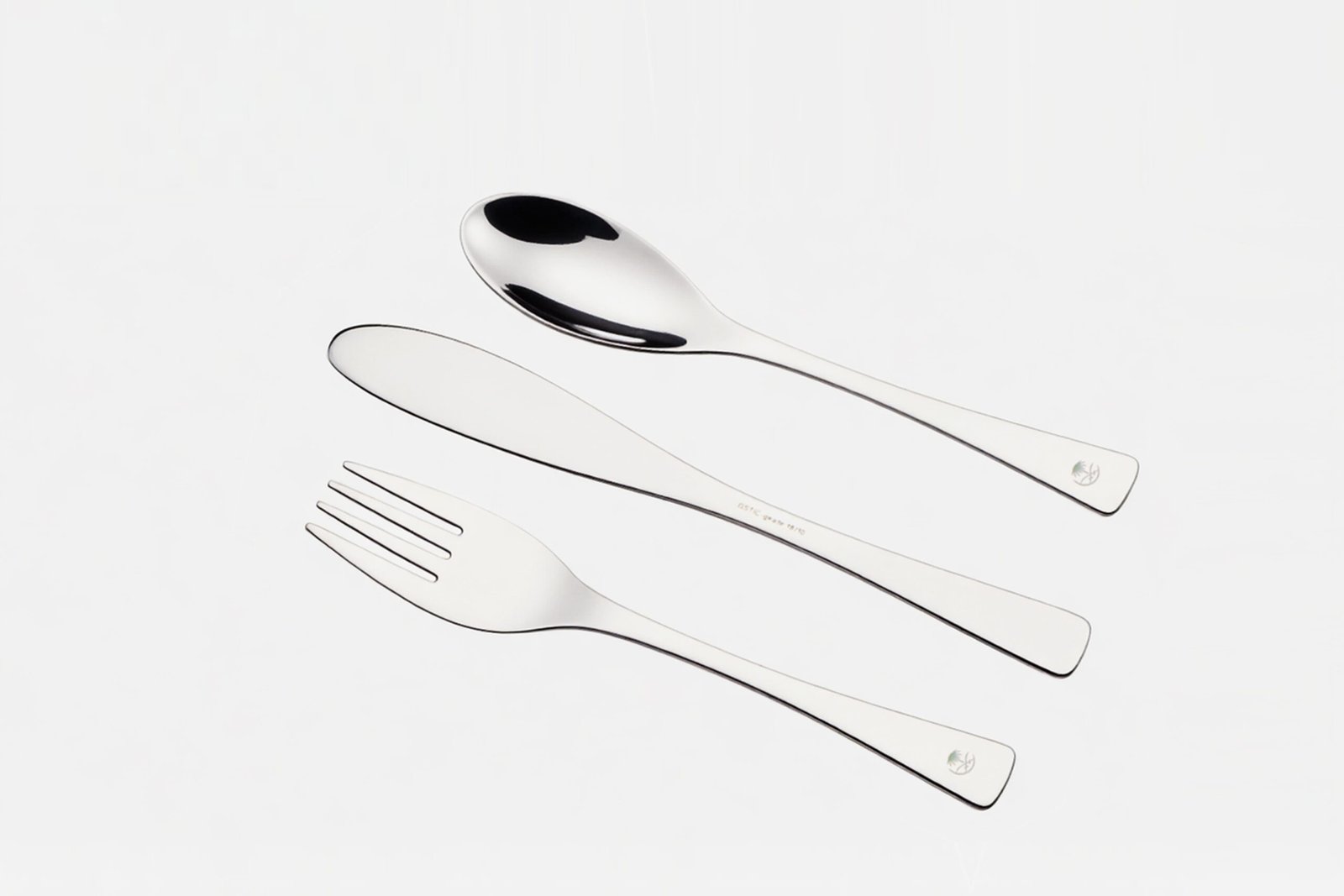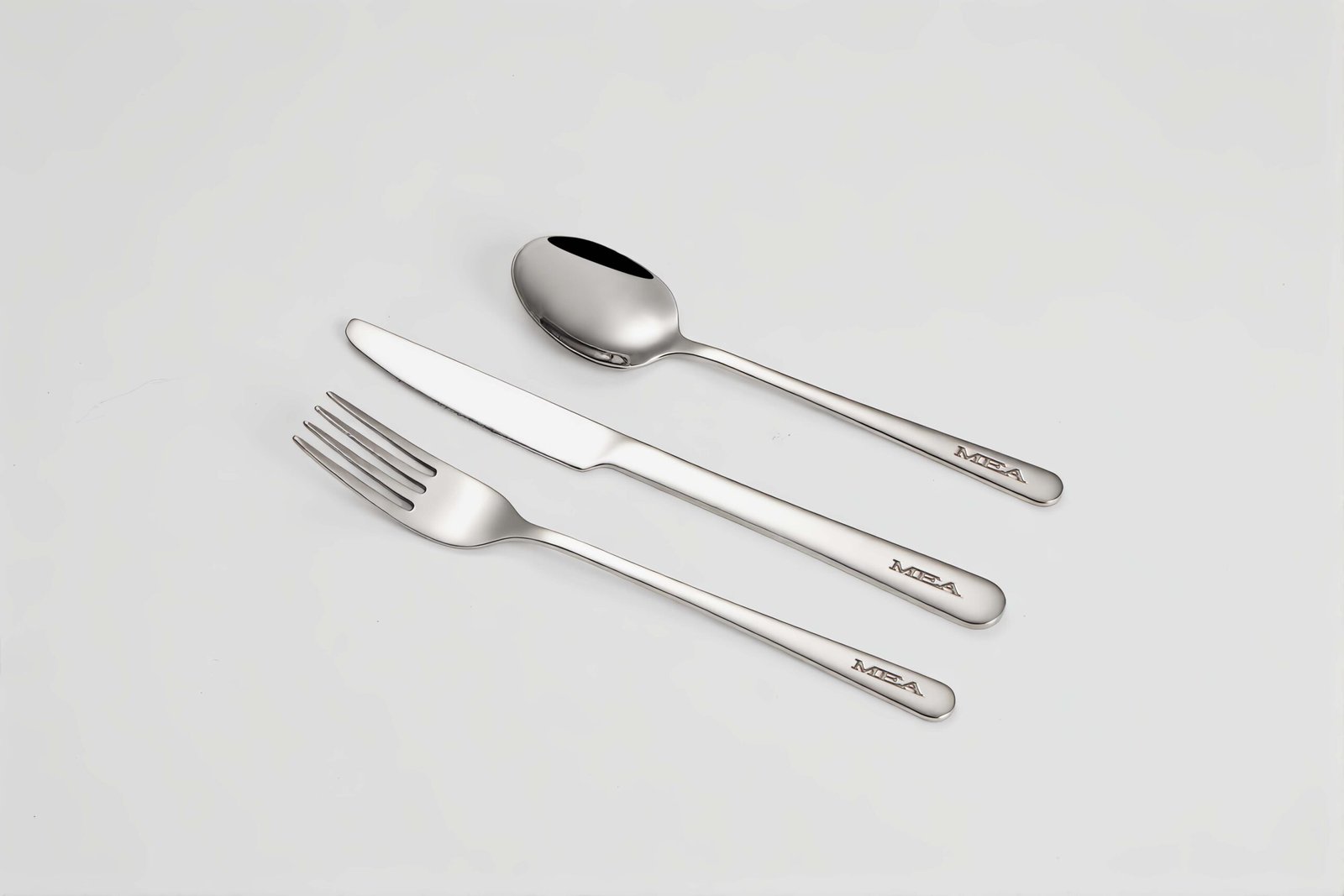Struggling to distinguish between serveware and serviceware? Agitate: This confusion can lead to costly mistakes in your design process. Solve: Let’s clear things up immediately!
Modern serveware refers to stylish, functional dishes and utensils designed specifically for serving food. Serviceware broadly includes items for food serving and presentation during dining occasions, often encompassing serveware itself.
Understanding these distinctions will significantly improve your product design and help you communicate clearly within your team. Let’s dive deeper into these fascinating aspects of serveware design.
Is it serveware or serviceware?
Puzzled by the terms serveware and serviceware? Mixing them up can complicate your professional interactions, causing misunderstandings.
Serveware specifically describes dishes and utensils used directly to serve food, while serviceware includes a broader category, encompassing serveware along with trays, beverage dispensers, and other presentation accessories.
The distinction between serveware and serviceware matters greatly in product design. Let’s dissect the differences clearly:
Understanding the Scope:
| Serveware | Serviceware |
|---|---|
| Direct food-serving dishes and utensils | Comprehensive set of food service items |
| Example: Salad bowls, serving spoons | Example: Trays, dispensers, serveware |
| Primarily functional, often stylish | Functional, stylistic, and comprehensive |
Designers often mistakenly use these terms interchangeably. This confusion could result in product design inaccuracies and client dissatisfaction. Imagine designing an elegant salad bowl but labeling it incorrectly as serviceware. Customers expecting trays or beverage containers might dismiss your product entirely.
As a designer myself, I’ve seen many promising products fail simply because their intended purpose wasn’t communicated clearly. Ensuring accurate terminology is key to meeting client expectations and market positioning. Correct use of terms boosts your professional credibility and increases customer trust.
Additionally, accurate labeling affects market research. When designers know exactly what consumers want, they produce better-targeted products, enhancing consumer satisfaction and brand loyalty. Therefore, distinguishing clearly between serveware and serviceware is not just linguistic precision but practical business sense.

What are the different types of serving dishes?
Confused by the endless variety of serving dishes? Selecting the wrong type can ruin your product’s market appeal.
Serving dishes range from platters and trays to specialized bowls and utensils designed for specific foods, such as gravy boats, cheese boards, cake stands, and more.
Types and Applications
Let’s organize and explore these serving dishes in detail:
Categories and Examples:
| Type | Examples | Common Usage |
|---|---|---|
| Platters | Oval platters, sushi trays | General-purpose, appetizers, mains |
| Bowls | Salad bowls, soup tureens | Salads, soups, side dishes |
| Specialty dishes | Gravy boats, butter dishes, cake stands | Specific foods, condiments |
| Boards | Charcuterie, cheese boards | Finger foods, appetizers |
Each dish type has unique design considerations. Platters and trays prioritize spaciousness and presentation. The surface must be both attractive and functional. When designing bowls, consider the intended food type; a salad bowl demands both depth and width, while soup tureens prioritize heat retention.
Specialty dishes pose the greatest design challenge. Take a gravy boat; it must elegantly hold liquid without dripping. As a designer, balancing aesthetics and functionality here is crucial. A visually stunning gravy boat loses appeal if it’s cumbersome to pour.
Charcuterie and cheese boards emphasize rustic elegance, where texture and material quality become central. Customers want boards that enhance food appearance and offer durability and easy maintenance.
Personally, I learned these nuances early in my career. My first project was designing a stylish cake stand. Initially, I overlooked stability in favor of appearance. Customer feedback quickly taught me that practicality always pairs with aesthetics. Now, every design I create blends beauty and function seamlessly.
What is kitchen serveware?
Unsure what kitchen serveware specifically refers to? Misinterpreting this can negatively impact your design direction.
Kitchen serveware includes utensils and dishes specifically used for serving food directly from the kitchen to the dining area, such as serving spoons, ladles, tongs, and food trays.
Role of Kitchen Serveware in Product Design
Understanding kitchen serveware requires recognizing its functional context. Let’s break down essential categories clearly:
Core Kitchen Serveware:
| Utensil Type | Examples | Usage |
|---|---|---|
| Serving Utensils | Spoons, forks | Portioning, distributing dishes |
| Tongs | Stainless steel | Handling meats, vegetables, salads |
| Ladles | Soup ladles | Serving liquids like soups, sauces |
| Food Trays | Stainless steel trays | Moving cooked dishes to dining area |
Design considerations for kitchen serveware emphasize functionality and ease of use. Unlike dining table serveware, kitchen serveware prioritizes ergonomic handling, durability, and safety. For instance, a serving spoon must feel comfortable even when used repeatedly. The material should withstand high temperatures without deforming or posing health risks.
Incorporating innovative materials such as heat-resistant silicone, stainless steel, and bamboo significantly enhances product quality. Understanding material suitability for kitchen use distinguishes exceptional designs from average ones.
Earlier in my career, I designed a beautiful serving spoon that sadly didn’t perform under heat. This taught me that kitchen serveware’s core requirement is performance under practical conditions. Since then, functionality drives my design choices alongside aesthetics.

How to choose serveware?
Unsure how to choose the right serveware for your needs? Agitate: Choosing poorly can waste money and disappoint your guests. Solve: Here’s a straightforward approach to making the best choice.
To choose serveware effectively, consider the occasion, functionality, durability, ease of maintenance, style, and compatibility with your existing dinnerware and table décor.
Critical Factors for Choosing Serveware
When selecting serveware, many considerations come into play. Let’s break down the essential factors clearly:
Occasion-Specific Choices
| Occasion | Suitable Serveware Examples | Important Features |
|---|---|---|
| Casual gatherings | Bamboo or melamine trays, bowls | Durability, easy cleaning |
| Formal events | Porcelain, fine china platters | Elegant style, refined details |
| Outdoor dining | Acrylic or stainless steel pieces | Weather-resistant, lightweight |
Serveware choice should align with the intended occasion. For casual gatherings, practicality and durability matter most. Easy-to-clean materials like bamboo or melamine perform best. Formal events require refined elegance. Porcelain and fine china offer sophistication and style suitable for high-end dining.
Functionality and Practicality
Practical features strongly influence serveware usability. Let’s compare examples clearly:
| Feature | Recommended Materials | Benefits |
|---|---|---|
| Microwave-safe | Ceramic, tempered glass | Easy reheating of food |
| Dishwasher-safe | Stainless steel, durable ceramics | Easy maintenance, quick cleaning |
| Lightweight | Melamine, acrylic | Easy handling, suitable for children |
Practicality ensures user satisfaction. Materials like stainless steel and durable ceramics ease cleaning, making them suitable for everyday use. Lightweight materials reduce accidents, ideal for family use.
Aesthetic Compatibility
Matching serveware to your existing dinnerware creates visual harmony. Here’s how various styles match:
| Existing Dinnerware Style | Complementary Serveware |
|---|---|
| Modern Minimalist | Sleek porcelain, stainless steel |
| Rustic | Wood, stoneware |
| Traditional | Fine china, crystal |
Serveware enhances dining experiences significantly when styles match or complement each other. Selecting compatible serveware prevents visual clashes and enhances the overall dining ambiance.
Early in my career, I made the mistake of prioritizing aesthetics over functionality. My design looked beautiful but wasn’t dishwasher safe. Feedback quickly taught me practicality must complement aesthetics. Balancing both is essential to design success.
What is considered serviceware?
Confused about what falls under serviceware? Agitate: Misunderstandings could negatively affect your product range planning. Solve: Let’s clarify what serviceware truly includes.
Serviceware broadly includes serveware along with trays, beverage dispensers, linens, glassware, and flatware. It encompasses all items used in dining and hospitality settings for efficient, stylish presentation.
Comprehensive Breakdown of Serviceware
Understanding serviceware clearly helps designers focus their efforts. Let’s examine the various components in detail:
Comprehensive Serviceware Categories
| Category | Examples | Usage and Importance |
|---|---|---|
| Serveware | Platters, bowls, gravy boats | Direct serving of food items |
| Flatware | Forks, knives, spoons | Individual dining utensils |
| Glassware | Wine glasses, water goblets | Serving beverages stylishly |
| Beverage Dispensers | Pitchers, decanters, carafes | Efficient serving of drinks |
| Linens | Tablecloths, napkins, runners | Enhancing visual appeal, cleanliness |
Serviceware items are interconnected yet distinct. Serveware directly serves food, while flatware and glassware enhance personal dining experiences. Beverage dispensers make serving efficient, reducing spillage and improving presentation.

Importance of Integrated Serviceware
Designers should understand integrated serviceware clearly. Coordinated serviceware boosts dining experience significantly. Uncoordinated items can disrupt visual harmony. Clear examples help designers focus on cohesive products:
| Dining Style | Integrated Serviceware Examples | Benefit |
|---|---|---|
| Formal Dining | Fine china, crystal glassware, silver flatware | Elegant appearance, sophisticated feel |
| Casual Dining | Durable ceramics, stainless flatware, sturdy glassware | Practicality, ease of use |
Designing integrated serviceware solutions ensures harmonious dining experiences, boosting customer satisfaction.
What is a serveware used for?
Unsure exactly how serveware should be used? Agitate: Incorrect usage reduces both functionality and product appeal. Solve: Clarifying the purpose and use of serveware can enhance your designs significantly.
Serveware is specifically designed for serving food directly to guests, improving presentation and dining experience. Typical items include serving bowls, salad servers, gravy boats, platters, and cake stands.
Serveware Functions and Design Insights
Understanding precise serveware functions aids in targeted product designs. Let’s dissect clearly:
Typical Serveware and Their Functions
| Serveware Item | Function and Usage | Design Considerations |
|---|---|---|
| Salad Servers | Mixing, portioning, and serving salads | Ergonomic, easy handling, durability |
| Gravy Boats | Serving sauces, gravies neatly | Drip-free pouring, aesthetic elegance |
| Platters | Serving appetizers, main courses | Spacious, attractive, easy to carry |
| Cake Stands | Displaying cakes, pastries beautifully | Stability, decorative appeal |
Design considerations are crucial for serveware effectiveness. Salad servers must combine ease of use with durability. Gravy boats require precise pouring functionality. Platters demand attractiveness and practicality, enhancing presentation significantly.
Enhancing Dining Experiences through Serveware
Well-designed serveware improves dining greatly. Serveware elevates food presentation, making meals more inviting. Thoughtful design ensures user convenience, enhancing enjoyment:
| Design Aspect | Serveware Example | Impact on Dining Experience |
|---|---|---|
| Aesthetic Appeal | Fine porcelain platter | Enhances visual presentation |
| User-Friendliness | Ergonomic salad servers | Reduces fatigue, improves convenience |
| Versatility | Multipurpose bowls | Adaptable use, reduces clutter |
In my early projects, overlooking functionality led to customer complaints. Feedback helped me realize thoughtful design enhances dining pleasure greatly. Now, I prioritize user experience alongside visual aesthetics.
Understanding serveware accurately helps enhance your product designs and market success. Clear distinctions, practical applications, and thoughtful design elevate your professional edge.






